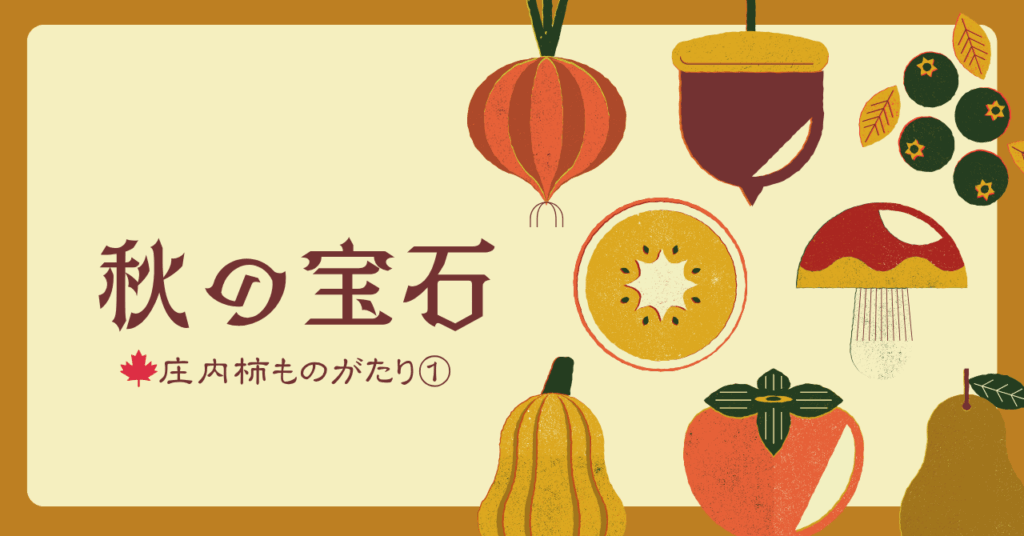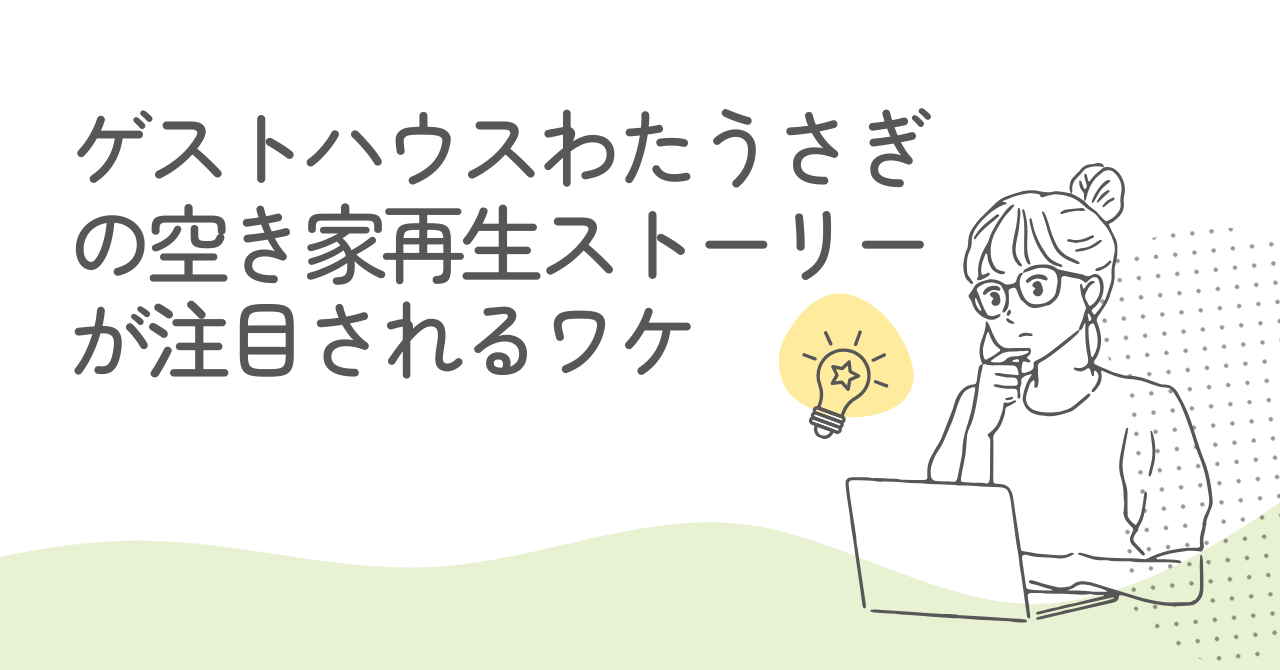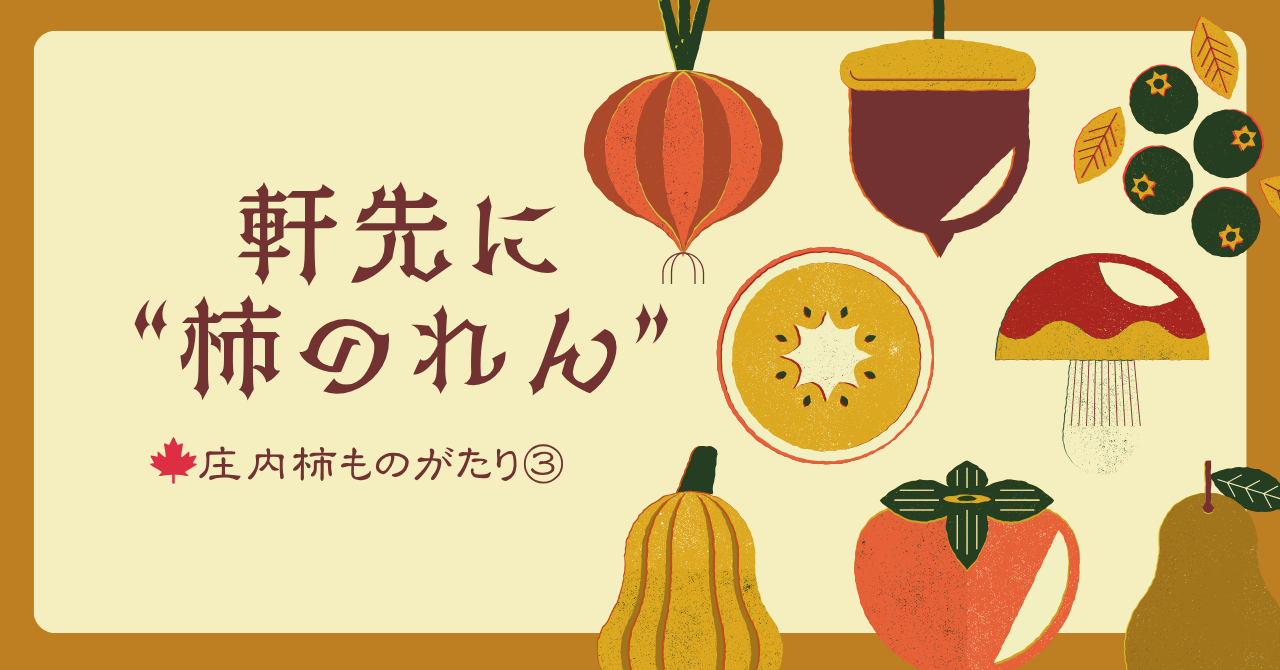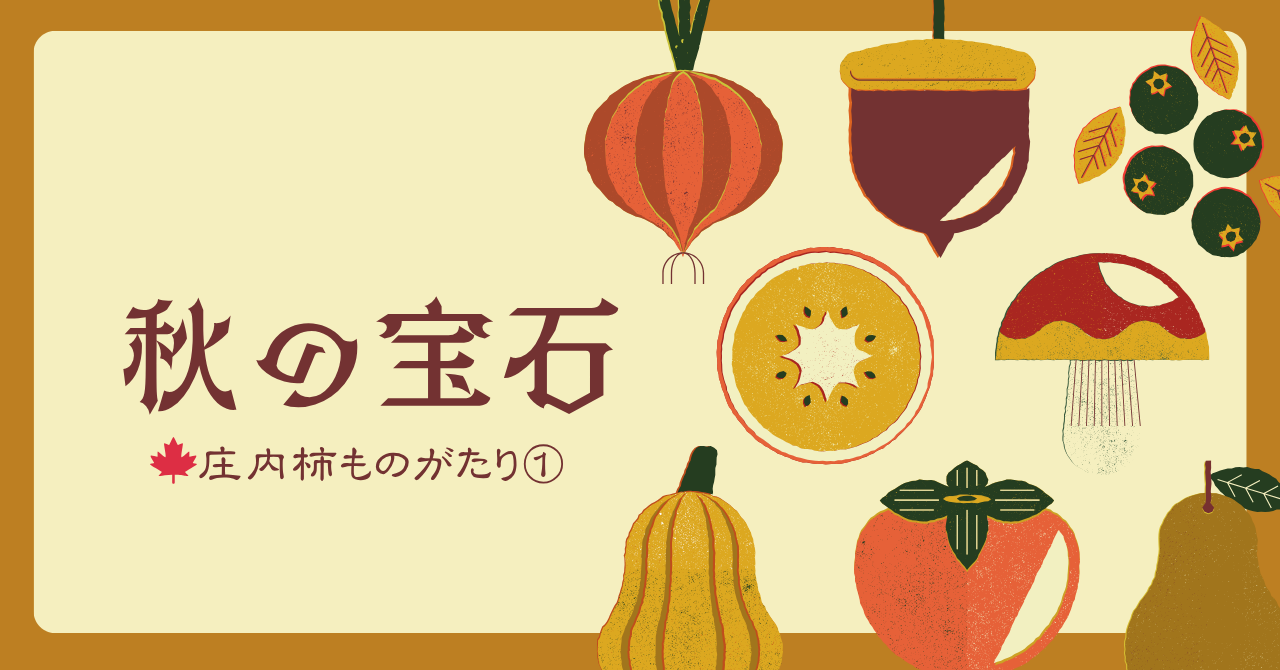"I'm not just a fan of persimmons — I love *Shonai persimmons*." Sachiko says this with passion. People usually chuckle when they hear that. But she doesn’t mind one bit!
For Sachiko, *Shonai persimmons* are the reward of autumn. Their season lasts only a few short weeks—gone before you know it— yet that rich, concentrated sweetness lingers in her memory. So, to savor them just a little longer, she’s recently begun drying them into fruit chips. That warm orange hue, soaked in autumn sunlight, touches her heart deeply every single year.
The True Nature of the Shonai Persimmon
The true identity of the Shonai persimmon is the astringent variety called *Hiratanenashi*. As its name suggests, it has no seeds and is characterized by its flat, square shape.
You can’t eat it raw because it’s too astringent, but after going through a process called *datsuju* (de-astringency), it transforms into a melt-in-your-mouth sweetness— a fruit that feels almost magical.
When the *Hiratanenashi* variety was first introduced to Shonai at the end of the Meiji era, people worried, “Can it really become sweet in such a cold region?”
However, the winds from the Sea of Japan, the sharp temperature differences between day and night, and the region’s rich clay soil turned out to be perfect for this persimmon. Since then, it has been cherished as one of the signature fruits of the Shonai autumn.
Farmers’ Hands and the Brief Battle of Autumn
The harvest season for Shonai persimmons runs from mid-October to early November— just when autumn deepens and the first snow begins to appear on the mountain peaks.
But those few short weeks are incredibly demanding. Typhoon winds can knock the fruits down, long rains can make them crack, and morning frost can damage their skins. Farmers spend each day watching the sky, living in constant tension.
After harvesting comes the delicate *de-astringency* process.
To remove the bitterness, farmers use carbon dioxide or alcohol,
but even the slightest change in temperature, humidity, or timing
can completely alter the flavor.
Experienced farmers can tell just by the *scent and sound*—without even looking at the fruit. That gentle, sweet aroma that rises the moment they open the box— it’s the sign that the timing is just right.
“Persimmons don’t wait for people,” the old man says with a smile. His hands, tanned and weathered by years under the sun, are more beautiful than any fruit. ✨ (You can catch a glimpse of Sachiko’s deep affection here 😆)
A Small Miracle Called “De-astringency”
The source of a persimmon’s bitterness is *soluble tannin*. Eaten as is, it leaves a puckering sensation in your mouth, but when treated with alcohol or carbon dioxide, the tannin becomes insoluble— and the bitterness simply disappears.
Scientifically, it sounds simple—but in reality, the process shifts subtly with temperature, each fruit’s condition, and even its respiration. That’s why farmers’ intuition is indispensable. The degree of ripeness, the aroma, the firmness of the flesh— Shonai’s artisans *read all of it with their senses.*
With just a moment’s lapse in attention, the sweetness can fade—or the bitterness can return. Working with such a living, ever-changing fruit gives their craft an almost sacred quality.
Shonai Persimmons and Their Cousins
There are many kinds of persimmons across Japan. The famous *Fuyu* persimmon is sweet from the start, with a rich flavor. *Jiro* persimmons are known for their crisp, satisfying texture. And varieties like *Fudegaki* and *Hachiyagaki* truly shine once they’ve been dried.
In contrast, Shonai persimmons aren’t flashy— their sweetness is clean and refined. The moment they touch your tongue, they softly melt away, leaving behind a gentle, quiet aftertaste.
They’re just like the people of Shonai— honest, humble, yet strong at their core. It feels as if the character of the land itself is reflected in this fruit.
A Short Season — and That’s What Makes It Special
Shonai persimmons appear in stores for only two to three weeks. Before you know it, the first snow falls, and the town shifts completely into its winter colors.
“When that orange hue disappears, I know coat season has arrived.” That’s how I feel every year. Which is why I don’t want to miss it— each persimmon I hold feels like a small reward for making it through another year.
And in each persimmon polished by the farmers’ hands, Sachiko feels its weight, its former bitterness, and the story it carries within.
In Closing — Until Next Autumn.
Shonai persimmons are more than just a sweet fruit. They are a *culture* born from the land and its people— a symbol of the changing seasons.
After the last bite, that unique sweetness gently lingers in your throat— the lingering memory of autumn in Shonai.
Thank you for the happiness of being able to enjoy these persimmons again this year. May I be blessed to taste this flavor once more next autumn.
Sachiko’s love for persimmons knows no bounds, and she’ll be sharing more about their charm next time. In the next story, we’ll uncover the secret power of Shonai persimmons as a *woman’s best friend*— how they nurture both beauty and health. ⭐️
That's all for today's article.
The latest updates are shared on Instagram Stories. Follow me and stay tuned 🥰 Likes and shares make me so happy ❤️






